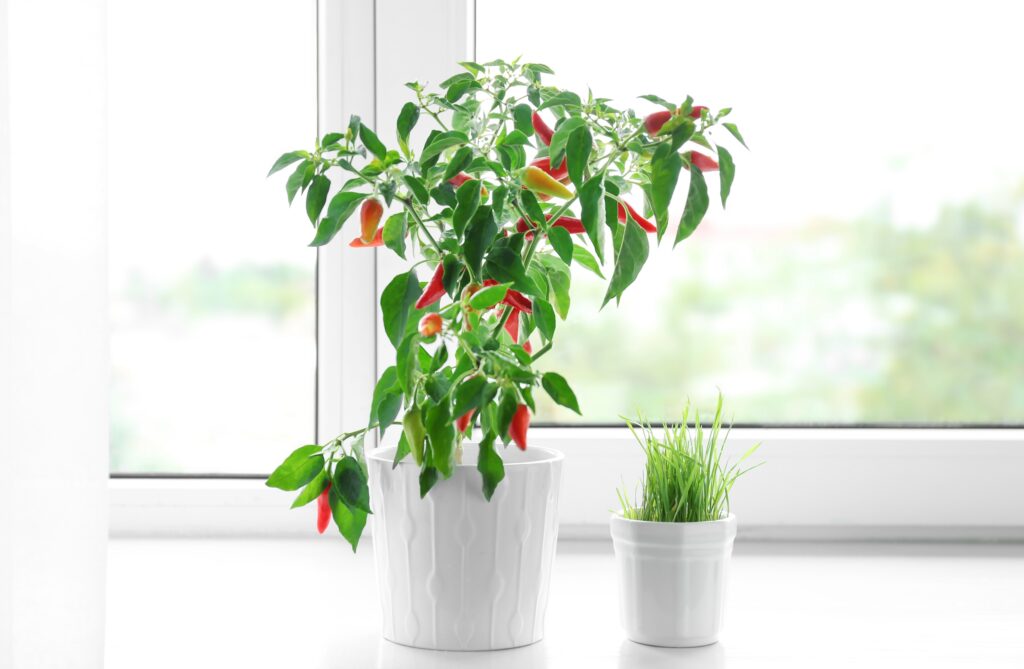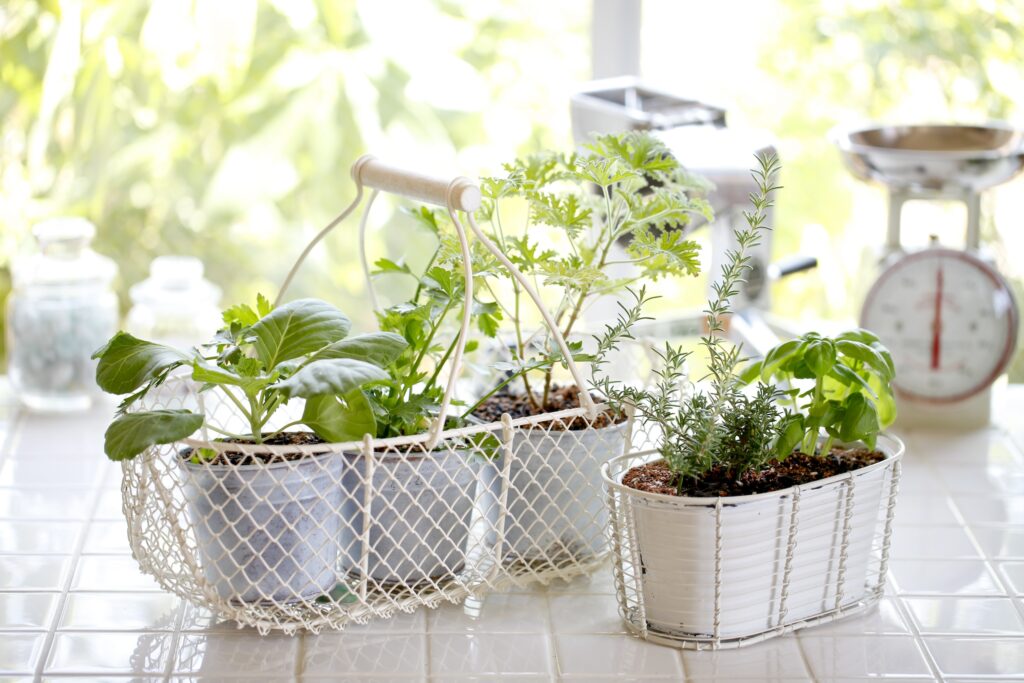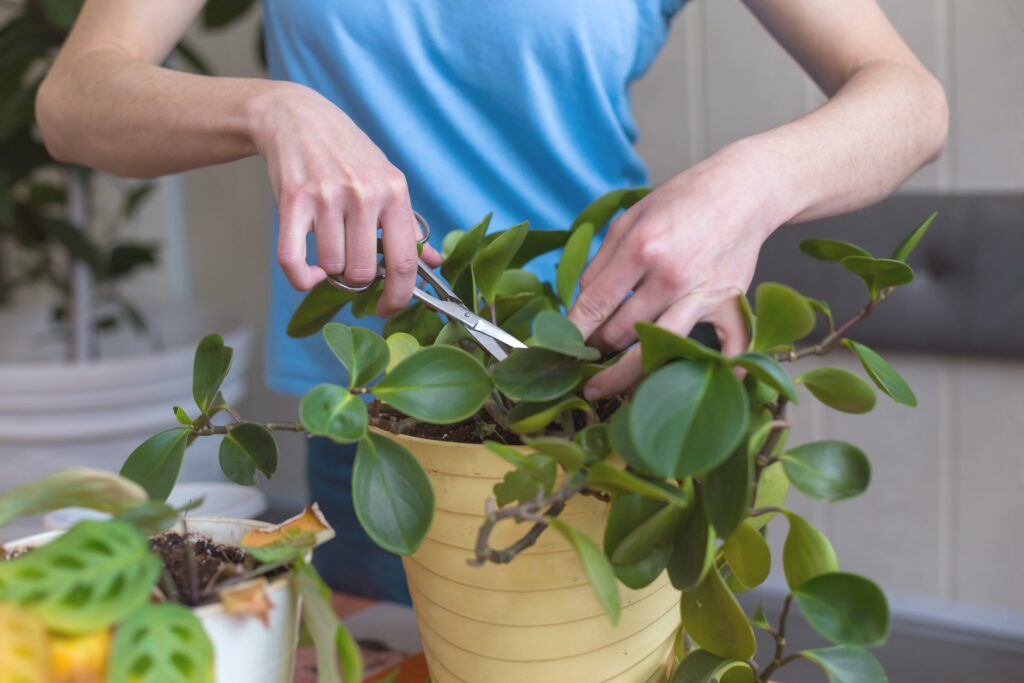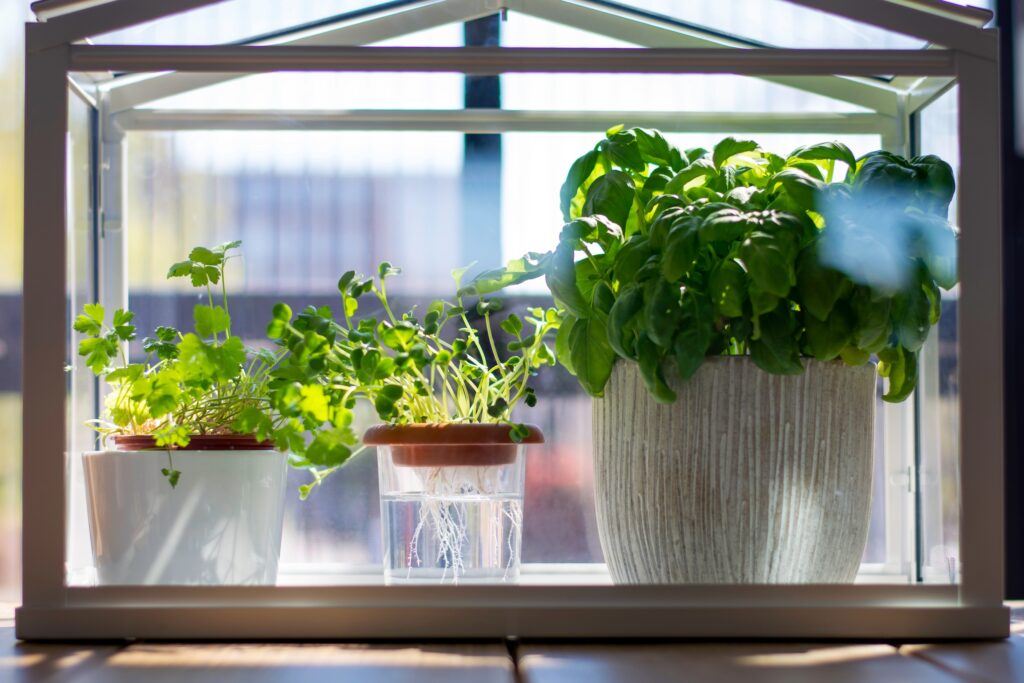Gardening Tips
Winter Harvest Delights: 8 Tips to Growing an Indoor Vegetable Garden in Winter
As winter blankets the world in frosty hues, many gardening enthusiasts find themselves yearning for the taste of fresh, homegrown vegetables. Fortunately, the chilly season doesn’t have to signal the end of your gardening endeavors. With the right knowledge and a dash of creativity, you can cultivate a thriving indoor vegetable garden that not only provides you with a bountiful harvest but also adds a touch of greenery to your home. In this guide, we’ll explore the steps and tips to successfully grow an indoor vegetable garden during the winter months.

1. Selecting the Right Vegetables
Before you start sowing seeds, it’s essential to choose vegetables that are well-suited for indoor cultivation. Opt for compact varieties that thrive in containers and have a shorter growing season. Some excellent choices include lettuce, spinach, radishes, herbs (such as basil and parsley), and microgreens.
2. Choose the Ideal Location
Find a spot in your home that receives ample sunlight. Vegetables generally require 6-8 hours of sunlight daily, so placing your indoor garden near a south-facing window is ideal. If natural light is limited, consider supplementing with artificial grow lights to ensure your plants receive the necessary light spectrum for optimal growth.
3. Prepare Quality Soil
Use a high-quality potting mix that is well-draining and nutrient-rich. This will provide your indoor vegetables with the essential nutrients they need for robust growth. You can also enrich the soil with compost or organic fertilizer to boost fertility.

4. Container Gardening
Opt for containers with good drainage to prevent overwatering. Choose pots that are appropriately sized for the selected vegetables, ensuring there is enough space for the roots to spread. This allows for better aeration and helps prevent diseases.
5. Watering Wisely
Strike the right balance when it comes to watering your indoor garden. Overwatering can lead to root rot, while underwatering can result in stunted growth. Check the soil moisture regularly and water only when the top inch feels dry. Use a watering can with a fine spout to avoid disturbing the soil.
6. Temperature and Humidity Control
Most vegetables thrive in temperatures between 60-75°F (15-24°C). Keep your indoor space within this range for optimal growth. Additionally, ensure good air circulation to prevent the buildup of humidity, which can lead to mold and mildew.

7. Pruning and Maintenance
Regularly prune your indoor vegetables to encourage bushier growth and prevent overcrowding. Remove any yellowing or damaged leaves to maintain the overall health of the plants. Fertilize according to the specific needs of the vegetables you’re growing.
8. Pest Management
Even indoors, pests can pose a threat to your vegetable garden. Keep a watchful eye for signs of pests, such as aphids or spider mites. If necessary, treat with natural remedies or insecticidal soap to keep your plants healthy.
Growing an indoor vegetable garden during the winter is not only a rewarding endeavor but also a practical solution for those with a green thumb craving fresh produce. By selecting the right vegetables, providing ample light, and maintaining proper care, you can enjoy a steady supply of homegrown goodness even when the snow is falling outside. Embrace the joy of cultivating your winter oasis and savor the taste of your indoor harvest throughout the chilly season.
